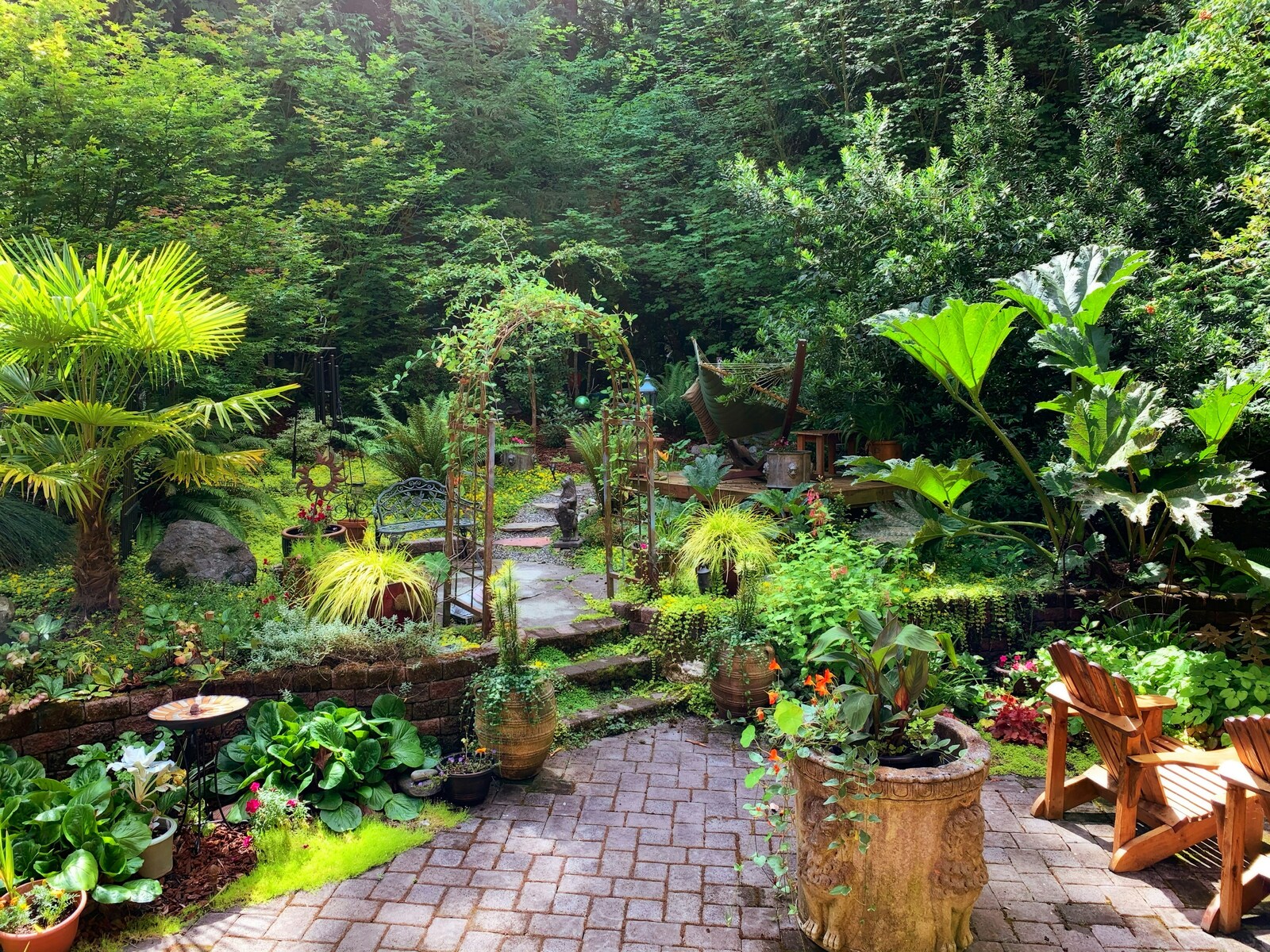Organic Gardening Tips for Health-Conscious Homeowners

Organic Gardening Tips for Health-Conscious Homeowners
If you're someone who reads nutrition labels, avoids synthetic chemicals, and takes pride in what goes into your body—and your home—organic gardening is a natural next step. Growing your own fruits, vegetables, and herbs organically means more control over your food and fewer chemicals in your life.
Whether you're just getting started or looking to refine your green thumb, these organic gardening tips will help you grow a healthier, more sustainable backyard garden.
1. Start with Healthy Soil
Soil is the foundation of a successful organic garden. It's not just dirt—it's a living ecosystem.
- Use compost to enrich your soil with nutrients and beneficial microbes.
- Test your soil's pH and nutrient levels using a home test kit.
- Add organic matter like aged manure, shredded leaves, or worm castings to build fertility naturally.
Healthy soil equals healthy plants—and less need for pest control later.
2. Choose Organic Seeds or Starts
If you're growing organically, start with non-GMO, untreated seeds or certified organic seedlings.
- Look for seed packets labeled "certified organic" or "heirloom."
- Avoid plants that have been pre-treated with synthetic fertilizers or pesticides.
This ensures your garden is truly organic from the very beginning.
3. Compost Everything You Can
Composting is nature's recycling system. It turns kitchen scraps and yard waste into nutrient-rich soil.
- Use fruit and veggie scraps, coffee grounds, eggshells, grass clippings, and leaves.
- Avoid adding meat, dairy, or oily foods to backyard compost piles.
- Turn your compost every few weeks to speed up decomposition.
A healthy compost pile keeps waste out of landfills and boosts your garden's health—win-win!
4. Practice Companion Planting
Some plants naturally help each other grow or keep pests away. This is the core of smart organic gardening.
- Tomatoes + basil: Basil improves flavor and deters insects.
- Carrots + onions: Onions repel carrot flies.
- Marigolds: Plant throughout your garden to discourage aphids and nematodes.
Companion planting minimizes the need for chemical pest control and improves yields.
5. Use Natural Pest Control
Organic gardening doesn't mean letting pests win—it just means choosing eco-friendly ways to manage them.
- Spray neem oil or insecticidal soap for soft-bodied insects like aphids.
- Attract beneficial insects like ladybugs, lacewings, and praying mantises.
- Use physical barriers like row covers or netting to protect vulnerable crops.
Hand-picking pests or removing infested leaves is old-school—but still highly effective!
6. Water the Right Way
Overwatering can lead to disease, especially in organic gardens where synthetic fungicides aren't used.
- Water early in the day to prevent mildew.
- Use soaker hoses or drip irrigation to keep water off leaves.
- Mulch with straw, leaves, or bark to retain moisture and regulate soil temperature.
7. Rotate Crops Each Year
Planting the same crops in the same spot year after year depletes soil nutrients and encourages pests.
- Rotate by crop family: follow heavy feeders like tomatoes with nitrogen-fixing plants like beans.
- Keep a garden journal or simple sketch to track what you plant and where.
Final Thoughts
Organic gardening is about more than just avoiding chemicals—it's a lifestyle choice rooted in sustainability, wellness, and self-reliance. By working with nature rather than against it, you'll grow healthier food and create a backyard ecosystem that thrives over time.
Start small, stay consistent, and before long, you'll be harvesting fresh, organic produce right outside your kitchen window. Your body—and your backyard—will thank you.
Disclaimer:
The information provided in this article is for informational and educational purposes only and does not constitute professional gardening, home improvement, or landscaping advice. The content is based on sources believed to be reliable, but the author and publisher make no representations or warranties as to its accuracy, completeness, or timeliness.
The author is not a licensed professional contractor, landscaper, or horticulturist. You should consult with qualified professionals (such as a certified landscaper, professional contractor, or master gardener) who can assess your individual situation before undertaking any significant home or garden projects.
Home and garden improvements involve inherent risks, including potential damage to property, plants, or personal injury. Results may vary based on your specific conditions, climate, and execution. Any examples or discussions of specific techniques, products, or strategies are for illustrative purposes only and are not endorsements or recommendations.
Local regulations, climate conditions, and best practices change frequently, and the information in this article may become outdated. We are not obligated to update any information herein. Your specific situation is unique, and any decisions you make should be based on your own research, due diligence, and consultation with professionals. Reliance on any information provided in this article is solely at your own risk.
Stay Ahead with Our Newsletter
Get exclusive home and garden tips, seasonal advice, and DIY project ideas delivered directly to your inbox.